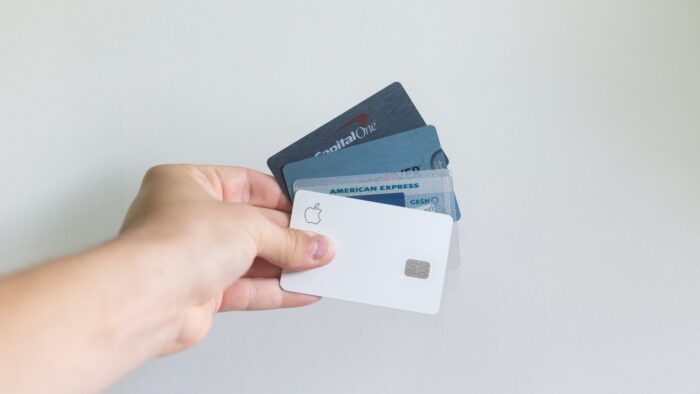
Teenagers love having money to spend on friends, dates, weekends, clothes, movies, and tech gadgets. A lot of teenagers irrespective of which part of the world they make live in want to be in charge of their finances. Fintech banking goes a long way in helping them manage the money they receive from various sources such as their parents and part-time jobs.
In addition to the traditional option of junior savings cards, youngsters now have a wide range of digital options. Let us now have a look at some of them:
Revolut
The service describes itself as “one app for all things money” and claims to help you make the most of your money, right from daily expenses to securing your future with investments and savings. The company has over 12 million personal customers and 500,000 business customers. It supports over 35 countries and 30+ in-app currencies.
Revolut went live in the UK in 2015 offering services such as money transfer and exchange. Today, consumers worldwide use the service to make over 100 million transactions per month. One of its features is a junior account, which can be fully controlled by parents or caregivers. Revolut says that it teaches youngsters money skills for life.
Here are some of the hottest features of Revolut Junior:
- Revolut Junior is an account, junior card, and app for youngsters.
- Parents and caregivers can receive instant spending alerts. Also, they can freeze and unfreeze their ward’s card easily and prevent them from making deposits at online casinos.
- Parents can download the Junior app to their phone so that they can use Revolut’s famous money tools.
- They can upgrade to a paid plan and enjoy features such as Tasks and Goals.
Greenlight
Greenlight is a debit card for youngsters, controlled by their parents or caregivers. It guarantees to help parents raise financially-smart children. The service makes it easy for parents to send money to children anytime, establish controls, and receive alerts whenever they make a purchase. Greenlight has emerged as the top debit card for youngsters among Investopedia’s Best 5 Debit Cards for Teens in 2024 for its unique pricing and features.
Dogslots.com tells us that when kids see their parents playing at mobile casino sites on a daily basis, there is a good chance that once they become of legal age, they will begin to dabble in this pastime too.
One way parents can protect their children from underage gambling is to ensure that they don’t have access to mobile casinos and that their devices are locked and inaccessible to children. In addition, parents should only allow them access to a Greenlight debit card or a financial instrument that allows the parent to set limits over what their children can spend.
Here are some of the features of Greenlight:
- Create chore lists in-app and attach them to rewards.
- Personalize the debit card according to your child’s tastes and preferences.
- Set automatic weekly and monthly allowances.
- Get an alert whenever your child uses his/her card.
- Add funds to the card whenever and wherever you are.
Greenlight is the favorite of over 2 million children and their parents and caregivers. The debit card has more than 74,000 app store reviews and a rating of 4.8 stars.
The co-founder and CEO of Greenlight are Tim Sheehan, who received financial education from his parents at a very tender age. When he grew up, he realized that many people were financially illiterate. He saw in Greenlight an opportunity to change things for the better by providing financial education for several young people.
Monzo Municipality
Based in the UK, Monzo Municipality has done something different by launching a junior account that is simultaneous “not a junior account.” The product is very popular among teenagers who love their independence and do not like parental controls. It is also ideal for parents who feel that their children are old enough to handle financial responsibilities. Another reason for its popularity is its low transaction fees.
At the same time, the lack of parental controls is the biggest disadvantage of this product. Just like some online gaming platforms where kids access online chat sites and disclose their identity, here teenagers can upload their identification documents and fully control their accounts. But parents can rest assured that the product protects their children from activities not meant for those below the age of 18.
Junior Accounts and Debit Cards at Traditional Banks

Traditional banks were quick to catch up with Fintech start-ups by creating parent-controlled accounts, apps, and debit cards for teenagers. In addition to the traditional savings accounts, they offer innovative products that give parents a certain extent of control over their children’s expenses while giving children valuable financial education.
Here are a few examples:
- Santander Bank – The Monster Money feature includes a virtual “piggy bank.” Children have to shake their device whenever they want to know how much money they have in their accounts.
- Barclays – Children can personalize their banking app and also enjoy the use of a contactless debit card.
- Still, traditional banks have a long way to go before they can catch up with their Fintech brothers. They need to create flexible and innovative products, instead of just adding a feature or two to existing traditional accounts.
Fintech Banking Has a Great Future
Fintech products are fast gaining popularity, indicating a bright future for the industry. These products appeal to young people and their parents because they can be easily used on smartphones and tablets. Fintech banks are catching their customers when they are young, knowing fully well that consumers stay loyal to their banks throughout their lives.








